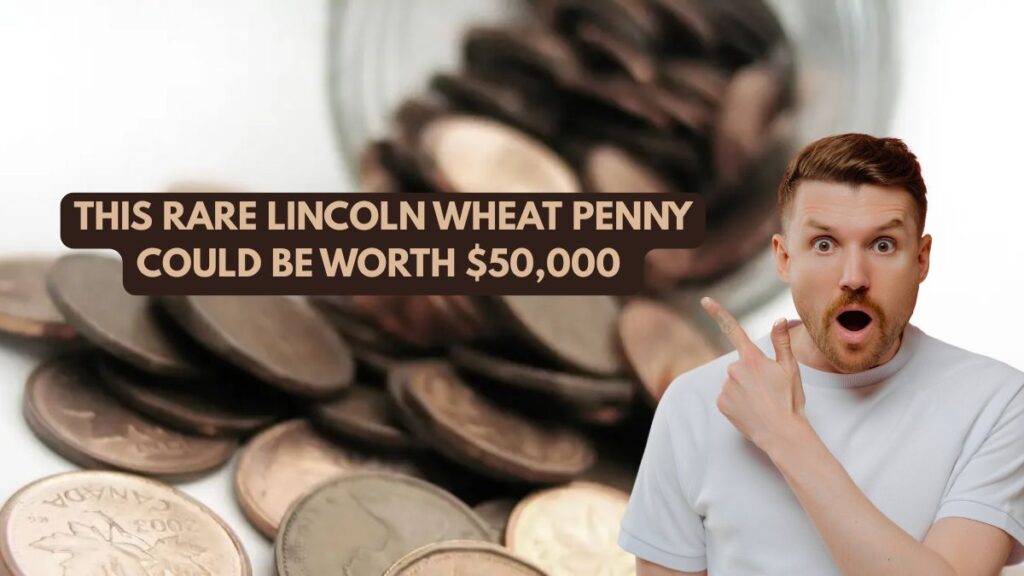Many Americans overlook the small change rattling around in their pockets or tucked away in a drawer. But what if one of those humble pennies could be worth tens of thousands of dollars?
One type of coin — the Lincoln Wheat Penny — has recently gained attention for its extraordinary value, with some rare versions fetching up to $50,000 or even more at auction.
This article dives into the history, rarity, and identifying features of these valuable coins, and how you might spot one in everyday circulation.
A Penny With a Priceless History
The Lincoln Wheat Penny was first minted in 1909 to commemorate the 100th anniversary of Abraham Lincoln’s birth. Designed by Victor David Brenner, the coin featured two wheat ears on the reverse — hence the name “Wheat Penny.”
The series ran until 1958, when it was replaced by the Lincoln Memorial reverse. Despite its age, the Wheat Penny is still occasionally found in circulation, especially by keen-eyed collectors and coin hunters.
Which Lincoln Wheat Pennies Are Worth Thousands?
While many Wheat Pennies are only worth a few cents above face value, a handful of rare errors and low-mintage versions are incredibly valuable, sometimes selling for $50,000 or more. Here are some standout examples:
🔹 1943-D Bronze Wheat Penny
In 1943, copper was redirected for wartime use, so the U.S. Mint produced pennies using zinc-coated steel. However, a small number were mistakenly minted using leftover bronze planchets. The Denver Mint (D) version is especially rare.
- Auction value: One sold for $840,000 in 2021.
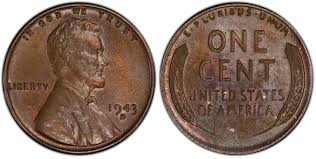
🔹 1944 Steel Penny
In 1944, the Mint returned to using copper, but a few leftover steel blanks from the previous year accidentally made it into circulation.
- Auction value: One sold for $408,000
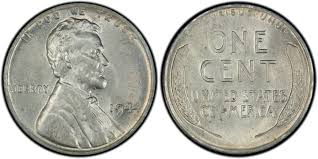
🔹 1955 Doubled Die Obverse
This error occurred when the die struck the coin twice, slightly offset. The result: clear doubling of the date and lettering on the obverse side.
- Auction value: Up to $50,000 or more, depending on condition.
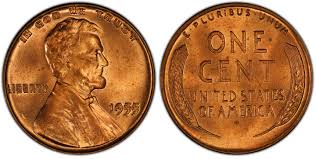
🔹 1909-S VDB
The very first Lincoln penny, produced at the San Francisco Mint, had Brenner’s initials “VDB” prominently displayed. Public backlash led to the initials being removed, making this variant highly collectible.
- Auction value: High-grade versions have sold for over $300,000.
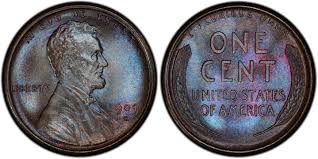
How to Identify a Valuable Wheat Penny
To determine if you have a rare Lincoln Wheat Penny, look for the following features:
- Date and Mint Mark: Key years include 1909-S VDB, 1914-D, 1922 no D, 1943 bronze, 1944 steel, and 1955 doubled die.
- Magnet Test: Genuine 1943 steel pennies stick to magnets. If a 1943 penny doesn’t stick, it could be a rare bronze variant.
- Doubling: The 1955 version will show visible doubling in “LIBERTY” and “IN GOD WE TRUST”.
- Condition: Coins in better shape can fetch significantly more money.
To avoid reducing its value:
- Don’t clean the coin.
- Handle it by the edges.
- Consult a certified coin appraiser or send it to grading services like PCGS or NGC.
What If You Find One?
Finding one of these rare Wheat Pennies could mean a huge payday. Coin dealers, auction houses, and grading services can confirm authenticity and help maximize its value. Many people have discovered them in pocket change, piggy banks, or inherited coin jars.
This article has been carefully fact-checked by our editorial team to ensure accuracy and eliminate any misleading information. We are committed to maintaining the highest standards of integrity in our content.

Himanshu Sharma writes for Weekend Spy, focusing on recruitment, government schemes, and current affairs. He is dedicated to making complex information accessible to readers.
Himanshu enjoys playing chess, hiking, and trying new recipes, always seeking ways to combine his love for writing with his passion for exploration. Connect with Drop him an email at [email protected].

